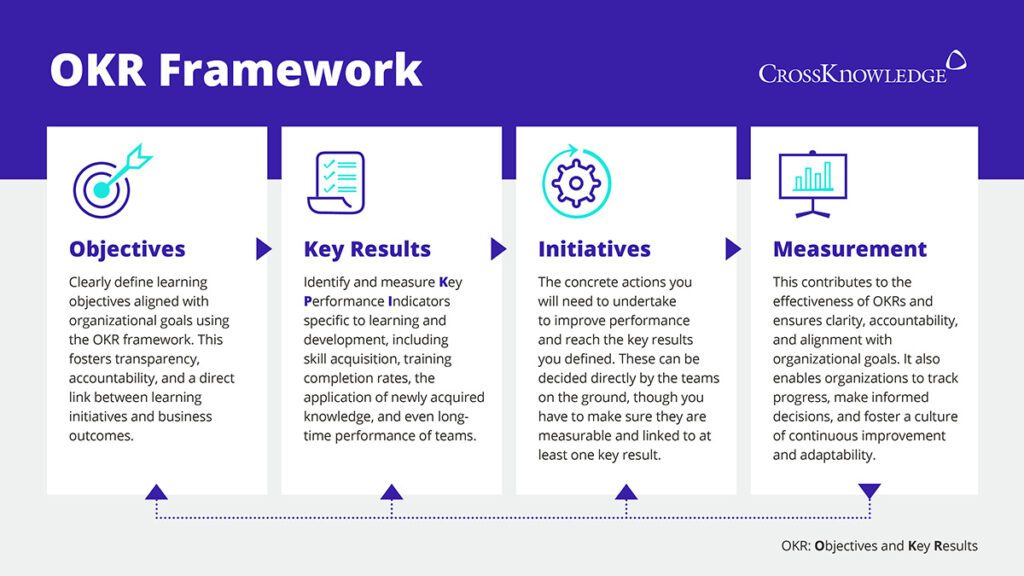Constant change is the new normal
Almost every major industry has undergone significant changes during the last four years. To remain competitive, your offerings need to be intentional and your processes need to be innovative. Top-performing organizations know that when managers have the right ideation techniques, problem-solving skills, and consistent teamwork behaviors, they can cultivate an innovative mindset within their teams. Creativity nourishes innovation, and innovation generates value.
In fact, human and leadership skills are more critical than ever to drive and guide change while improving productivity and effectiveness. Essential creative skills can help managers and team members enrich their ideation output to innovate, boost efficiency, and build stronger teams, leading to organizational success.
But let’s not overlook the other main driver of change — data. Today the average worker is exposed to more information than ever before, and few employees know how to properly analyze, evaluate, and leverage these metrics. That is why employees need to develop their critical thinking skills, to decipher pertinent data amidst the large volumes they receive.
Data has become so ubiquitous, it can be overwhelming
Like their colleagues, L&D professionals also find themselves swimming in massive quantities of data. This is mainly the result of an increased pace towards technological innovation in digital learning, according to research done by CrossKnowledge partner Elucidat. Another reason is the need to automate and optimize processes that reduce manual input.
This poses two main challenges for L&D professionals, and both originate from the complexity of a rapidly changing business landscape:
Measuring learning impact seems just out of grasp: Technology is evolving faster than ever, making it challenging to identify and deliver relevant training programs. Traditional methods of assessing the impact of learning initiatives fall short when it comes to real-time, actionable insights into employee development and organizational growth. The constant influx of learning data can be daunting, and L&D professionals have a hard time effectively interpreting and utilizing data to enhance learning outcomes.
Difficulty aligning learning objectives with business goals: It remains a persistent hurdle to establish a clear connection between learning objectives and overarching Key Performance Indicators (KPIs) for the business. Developing localized training that aligns with the organization’s global learning strategy can also be a dilemma. There must be a clear connection between learning initiatives and tangible business outcomes, but this requires a strategic realignment that many organizations find difficult to execute.
Clear the white noise to focus on what matters
Traditional approaches to data analytics are no longer sufficient because of the sheer volume of data available. It’s not about accessing data or collecting it anymore. Instead, you should focus on ensuring quality and developing the capability to properly analyze your metrics and align them to business goals.
Here are 3 foundational best practices we recommend:
Figure out what you need and want to know: Start with OKRs (Objectives and Key Results) to help you clearly define your learning objectives and align with organizational goals. Use the OKR framework to help you track and measure results that bring clarity to your learning initiatives. This fosters transparency and accountability while reinforcing the connection between L&D activities and business results.

Implement and track specific KPIs: Identify and measure only the Key Performance Indicators specific to your learning and development initiatives. This includes tracking key metrics such as skill acquisition, training completion rates, and the application of newly acquired knowledge in the workplace. You could even measure the performance of teams through regular assessments over a longer period of time.
Get to know advanced data analytics: There are tools to help sift through your data and extract meaningful insights that will encourage stakeholder buy-in and inform future decisions. Consider using Business intelligence tools to process your data and build the most relevant visualisations and reports to meet your needs. Even better, you can use a platform that does this work for you, by providing ready-to-use reports packed with the most relevant information for deep data analysis and data-based decision-making.
Amid a state of constant data evolution, L&D teams are at the heart of organizational change. By embracing OKRs, KPIs, and harnessing the power of metrics, L&D professionals can not only address the challenges at hand, but also elevate their impact on business success.